10nm
Latest

Intel's 10nm 'Ice Lake' CPUs can actually run games well in 1080p
In December, Intel promised that its upcoming 10nm laptop CPUs will feature integrated graphics with over a teraflop worth of computing power. Ahead of its Computex keynote later this week, the company gave us a better sense of what that improvement means for real-world gaming in 1080p. How does a 72 percent performance jump in CS: Go sound? Or maybe you'd prefer the 42 percent faster speeds in Overwatch? The big takeaway is that its 10nm CPUs and their 11th generation integrated graphics will actually be able to handle plenty of titles in 1080p without leaning on a dedicated GPU.
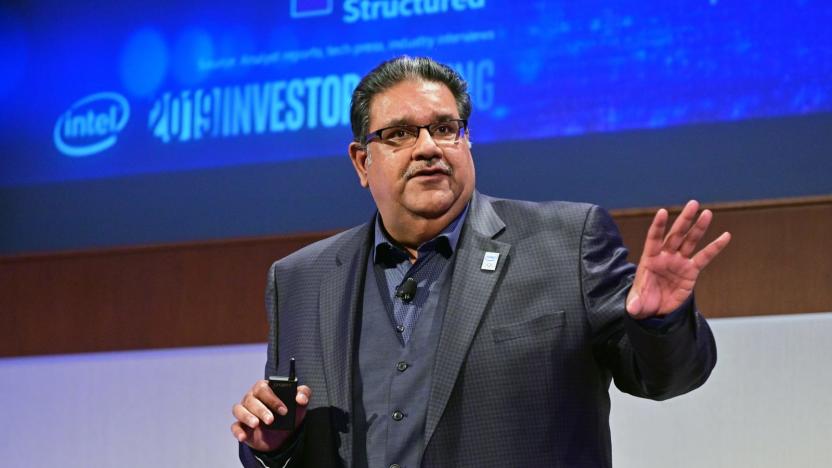
Intel will ramp up 10nm CPU production in June, 7nm in 2021
Intel is nearly ready to ship 10-nanometer processors in large volumes -- no, for real this time. After years of delays, the semiconductor giant has announced that its 10nm mobile Ice Lake processors will start shipping in June. It's not certain just when you'll see the first laptops based on the new parts (Intel offers a generic in-time-for-the-holidays figure), but Intel is boasting that a future Core i7 quad-core chip will tout twice the graphics performance over its 8th-gen counterpart, twice the video transcoding speed and up to three times the AI brawn. You still aren't likely to be doing heavy duty number-crunching with it, but that's still an improvement over years of modest upgrades to Intel's long-in-the-tooth 14nm technology.

Live from Intel's CES 2019 press event!
It's been a year since Intel's flashy, drone-heavy CES 2018 keynote, which came shortly after we learned about the widespread Spectre and Meltdown chip vulnerabilities. Now, Intel is trying to make a fresh start. While it's still searching for a new CEO, following the departure of Brian Krzanich, it also needs to prove it's ready for the coming arrival of 5G, AI and entirely new PC form factors. And while its 9th generation CPUs sound impressive, we're still waiting to see a wide rollout of 10 nm processors. So far, Intel claims they'll be coming this year and they'll also feature the company's fastest integrated graphics so far, reaching over a teraflop worth of performance. Join us as we cover Intel's CES press event live, starting at 7 PM Eastern / 4 PM Pacific. You can also watch it live on Intel's newsroom.
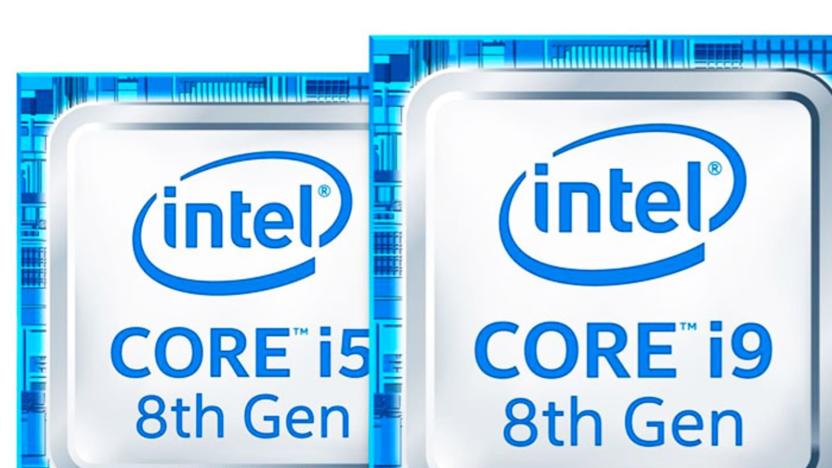
Intel admits 'tight' supply for cheap PC chips, focuses on high-end
In an open letter, interim Intel CEO Bob Swan admitted the company's supply of CPUs for the "entry level" PC market is "undoubtedly tight," so if you have trouble finding a cheap laptop for the holiday season then you know why. Between consumers upgrading their PCs, gaming and commercial systems he said Intel expects "modest" growth in PC shipments, while it will focus on delivering higher-end Xeon and Core CPUs. We'll see if this creates an opportunity for competitors like AMD and Qualcomm, especially as they bring laptops to market with longer-than-ever battery life. To help improve supply, Intel is investing $1 billion on current 14nm production lines in in Oregon, Arizona, Ireland and Israel. As far as its repeatedly-delayed "Cannon Lake" 10nm CPU technology that saw a limited debut earlier this year, the CEO said "yields are improving" and that the company expects to have volume production at some point in 2019.
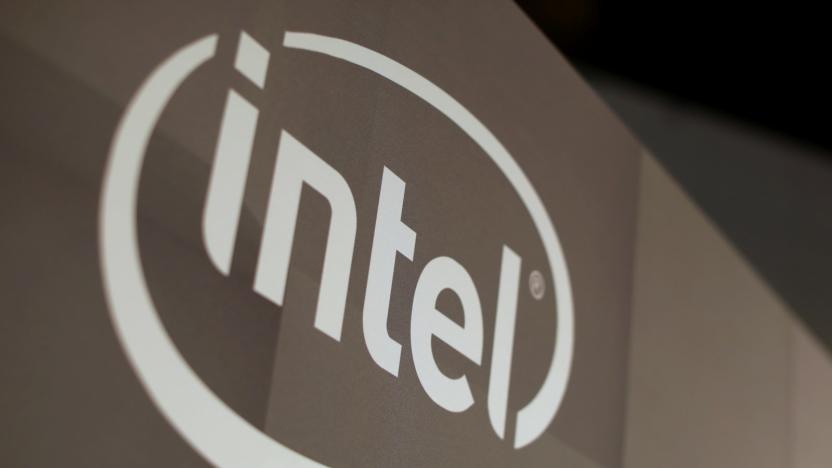
Intel finally made a 10nm processor
Around two years later and Intel is finally shipping its 10nm Cannon Lake CPUs. The chip itself is a bit of a bore, but given its legacy of delays and how long Intel has been talking about it, that they're finally being found in the wild is worth mentioning. The 8th-gen i3-8121U is a dual-core, four-thread CPU with a base clock of 2.2GHz and boost clock of 3.2GHz. With a listed TDP of 15W, the i3-8121U is almost identical to the i3-8130U, a 14nm processor released earlier this year. The difference, at least according to Intel's spec sheet, is that the new 10nm processor doesn't have an integrated GPU. That either means Intel still hasn't worked out how to shrink its GPU tech down to 10nm reliably, and has disabled that part of the chip, or it's just bad at filling in specs in its ARK product database.
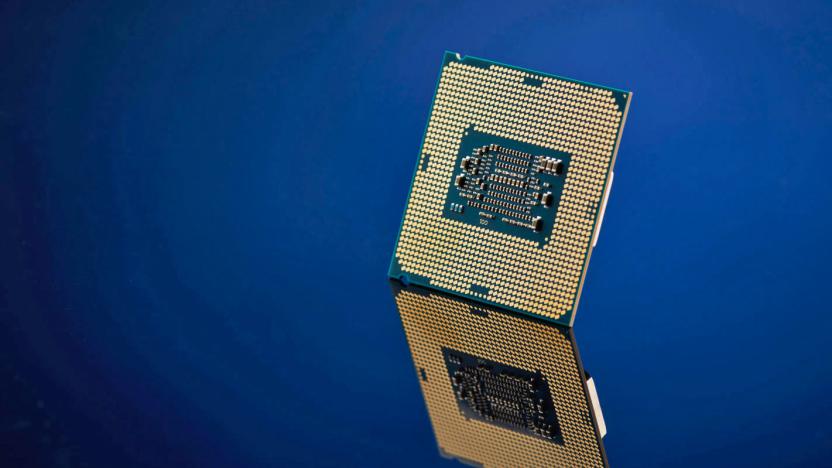
Intel's second 10-nanometer chip architecture is Ice Lake
Intel still hasn't shipped its first 10-nanometer processors, but that isn't stopping it from teasing the next batch. The company's codename page has revealed Ice Lake, a series of chips built on a "10 nm+" (read: iterated 10nm) process. There's virtually nothing else known about it at this point, but AnandTech speculates that this will be the more comprehensive 10nm launch. The initial architecture, Cannon Lake, may be focused on mobile CPUs that are smaller and thus easier to make when chip yields are relatively poor. Ice Lake would come once yields are relatively stable and can handle bigger desktop-class parts.
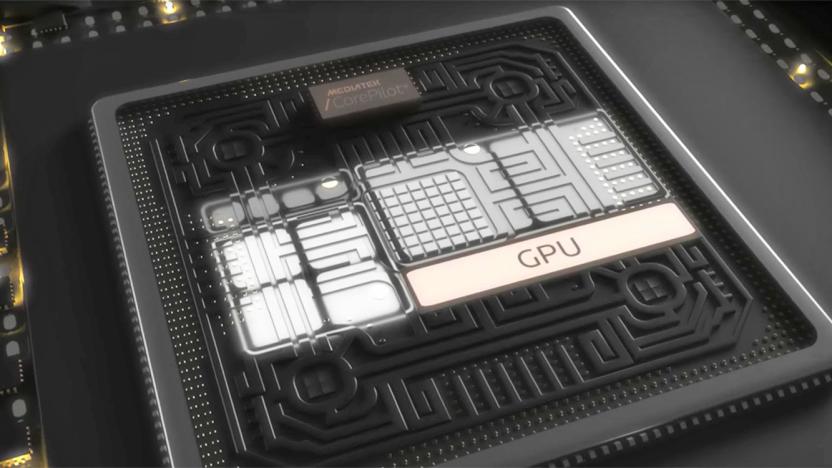
MediaTek's revamped 10-core chip will be hitting phones in Q2
MediaTek's first 10-core chips, the Helio X20 and X25, didn't exactly storm the smartphone market last year, but the company isn't ready to give up just yet. Following MediaTek's initial announcement back in September, the new 10-core Helio X30 is now finally entering mass production, with the first devices expected to arrive some time in Q2 this year. For those who aren't already familiar with this piece of silicon, the X30 is MediaTek's first move into 10nm fabrication, allowing it to join the likes of Qualcomm's Snapdragon 835 and Samsung's Exynos 9 Series 8895.
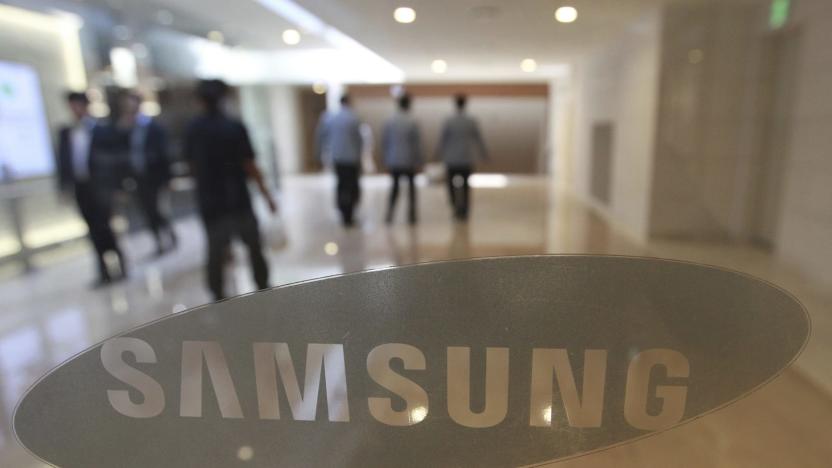
Samsung's vision of the mobile future is 4K-and-VR ready RAM
While Samsung's customers (and stock price) are still reeling from the Galaxy Note 7 immolation debacle, the tech giant is focusing on the future. As such, the company has introduced a new type of memory that should "greatly improve mobile user experiences, especially for those using Ultra HD, large-screen devices," according to a statement. Specifically, it's 8GB LPDDR4 (low power, double data rate 4) that takes advantage of 16Gb LPDDR4 chips working in concert with 10-nanometer class process technology. Now, note that's not 10nm proper, but somewhere between 10-and-20 nanometers. It seems 1-nm is too far in the future for now.

Samsung unveils not-so-entry-level SSD 840 EVO with up to 1TB of space
Disappointed that most entry-level solid-state drives are limited in capacity, speed or both? You'll be happy with Samsung's newly unveiled SSD 840 EVO, then. While it's badged as a starter model, the 2.5-inch SATA drive carries up to 1TB of storage, or twice as much as the regular SSD 840. Thanks to both 10nm-class flash memory and a multi-core MEX memory controller, the EVO range is also faster than you'd expect from the category. Depending on the model, sequential write speeds have doubled or tripled versus the original series, peaking at 520MB/s; the flagship 1TB edition can read at a similarly blistering 540MB/s. Samsung doesn't yet have US pricing for the SSD 840 EVO line, although it expects the drives to reach "major" markets worldwide by early August, with other regions coming later.

TSMC narrows production of 16nm FinFET chips to late 2013, wants 10nm in 2015
For as often as TSMC has extolled the virtues of FinFET chip designs, we've been wondering exactly when we'd find them sitting in our devices. Thanks to competition from rival semiconductor firms, we'll get them relatively soon: the company now expects to produce its first wave of FinFET-based, 16-nanometer chips toward the end of 2013. While they won't be as nice as 14nm-XM chips in the pipeline, the 16nm parts should still offer battery life and speed improvements over the 28nm chips we know today. These improvements also won't be the end of the road -- TSMC anticipates 10nm designs built on extreme ultraviolet lithography late into 2015, and CEO Morris Chang believes there's seven or more years of advancements in manufacturing before Moore's Law starts breaking down. We'll just be happy if we see FinFET reach our phones and tablets in the near term.

Intel gets go-ahead for $4 billion chip plant in Ireland, will produce its next-gen 14nm processors
Intel has been planning to make its Ireland base one of three global manufacturing sites for its 14nm chips since May last year, and its now been given the okay by Ireland's lead planning agency. The new $4 billion plant will create around 4,300 jobs for the region in Co. Kildare, where Intel already has around 4,000 on staff. The two-year plan involves redeveloping its existing operation, expanding and shifting to make its smaller, more efficient 14nm process. Intel's plans don't stop there, however. It still plans to roll out 10nm products sometime in 2015.

Samsung's new 10nm-process 64GB mobile flash memory chips are smaller, faster, better
Even though Samsung only announced volume production of ultra-fast eMMC memory chips back in August, it's already upgrading to a newer generation of hardware. Moving from the previous 20nm process to 10nm, the new 64GB eMMC Pro Class 2000 has a 20 percent smaller physical footprint, and claims 30 percent advantages in both performance and manufacturing productivity. While its previous chips only starting taking advantage of JEDEC's eMMC 4.5 interface standard a few months ago, Samsung plans to approach the group next year to create a new standard that can handle this design. It has a write speed of 2,000 IOPS (input/output per second) and a read speed of 5,000 IOPS, besting the 1,500/3,500 numbers reported on the older hardware, and kicks up the bandwidth to 260 MB/s read and 50MB/s write. These chips went into production late last month and are destined for slim phones and tablets near you, even if they don't say Samsung on the outside.

Intel sets sights on 5nm chip; already gearing up fabs for 14nm production
Ivy Bridge, Intel's first generation of chips to use the 22nm fabrication process, is hardly out of the gate, and yet talk has already turned to the company's next manufacturing technologies. According to Xbit Labs, which got its hands on some telltale slides, Paul Otellini et al. have the roadmap for 10nm, 7nm and 5nm processes locked down, and the company is preparing fabs in the states and Ireland to make chips using the 14nm fabrication method. Given that timeframe, Intel says 10nm chips will ship in 2015, with work on 5nm technology beginning that same year. While the slides in question look legit -- and that timeline matches previous reports -- we're not sure just when these mystery slides first made the rounds. Alas, we'll have a good few years to sort 5nm fact from fiction.

Intel will mass produce 3D transistors for all future CPUs, starting with 22nm Ivy Bridge (video)
Looks like 3D isn't just a fad, folks, so long as we're talking about silicon -- Intel just announced that it has invented a 3D "Tri-Gate" transistor that will allow the company to keep shrinking chips, Moore's Law naysayers be darned. Intel says the transistors will use 50 percent less power, conduct more current and provide 37 percent more speed than their 2D counterparts thanks to vertical fins of silicon substrate that stick up through the other layers, and that those fancy fins could make for cheaper chips too -- currently, though, the tri-gate tech adds an estimated 2 to 3 percent cost to existing silicon wafers. Intel says we'll see the new technology first in its 22nm Ivy Bridge CPUs, going into mass production in the second half of the year, and it's planning 14nm chips in 2013 and 10nm chips in 2015. Also, 3D transistors won't be limited to the cutting edge -- Intel reps told journalists that they "will extend across the entire range of our product line," including mobile devices. Three videos and a press release await you after the break. Chris Trout contributed to this report.

Intel, Samsung, Toshiba form consortium aiming for 10nm chips by 2016
There isn't much to say here, so let's just get on with the facts: Intel, Samsung, and Toshiba are joining forces and pooling R&D efforts in a consortium funded in part by the Japanese Ministry of Economy, Trade and Industry (an expected 50 percent, or 5 billion yen / US $62 million) and the rest from the members. The goal? Semiconductor chips nearing 10nm by 2016. Ten more companies are expected to be invited once things get sorted out, so major chip-related corporations, please keep checking your mailboxes daily.






